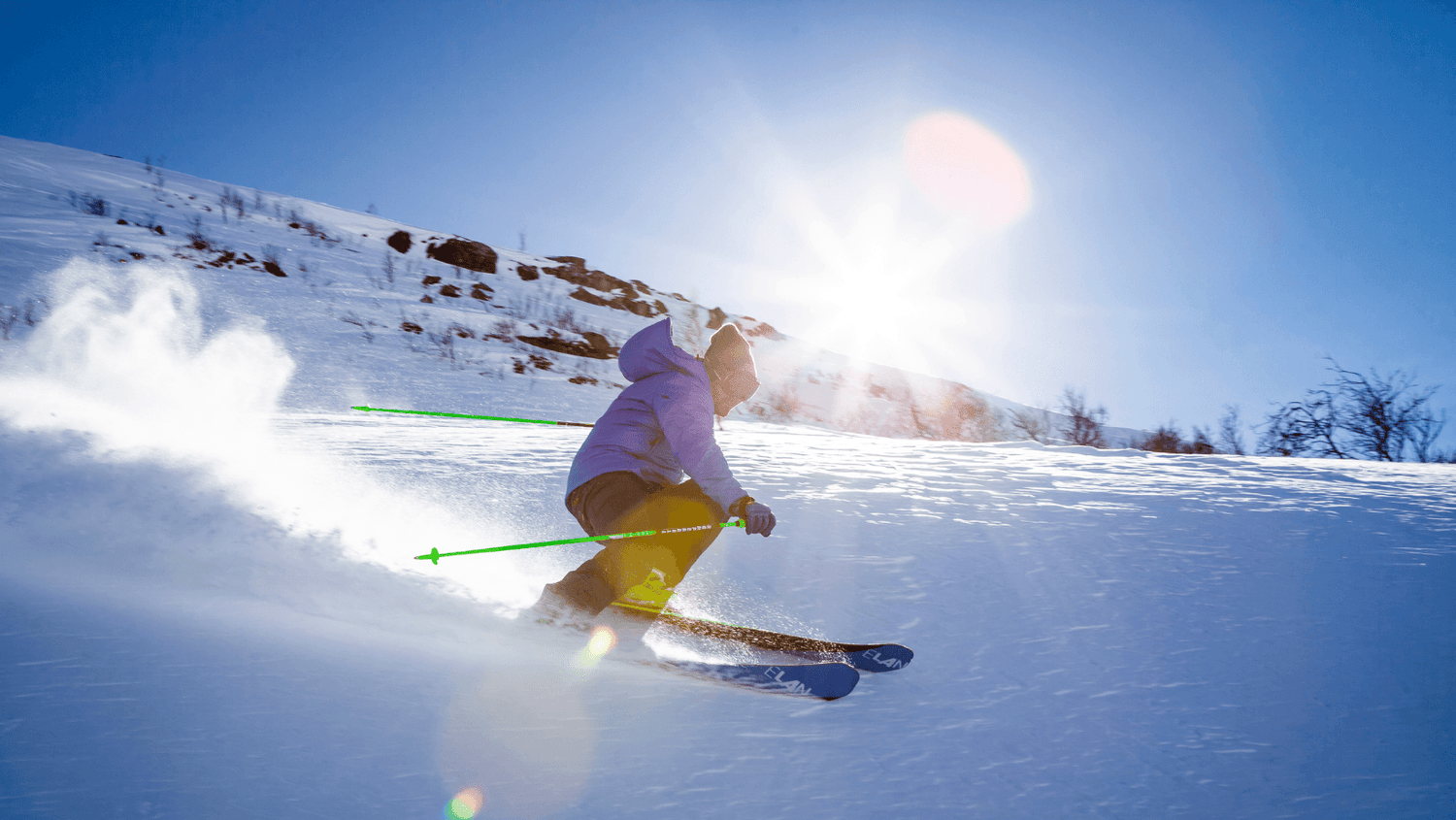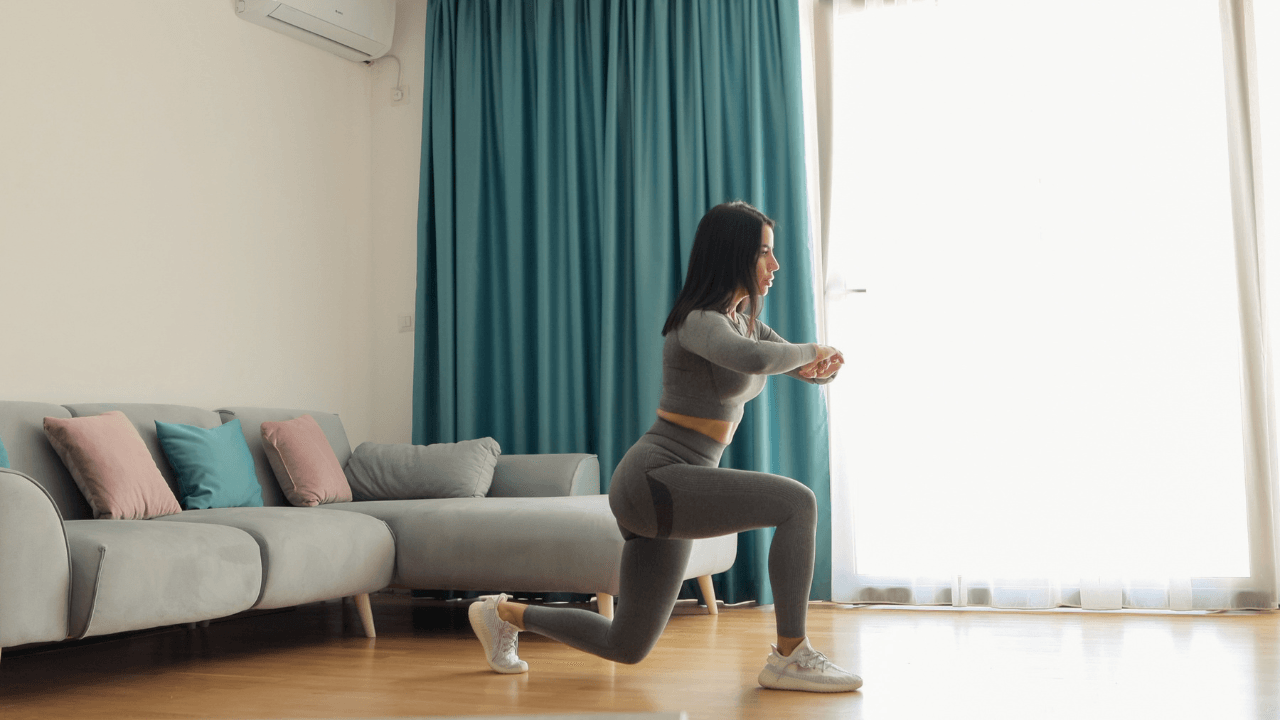Winter has arrived. During this cold season, people tend to stay indoors and skip exercising. As the saying goes, "Move in winter and you'll avoid getting sick." However, exercising in winter is crucial to maintain a healthy lifestyle, and to avoid sickness.
For winter sports, opt for aerobic exercises with higher caloric consumption and smaller range of motion. Winter weather is chilly, and intense anaerobic exercise can cause discomfort. In today’s blog, we will recommend some sports suitable for winter. We hope that you find the following information useful.
Skiing
The first outdoor winter sport that comes to mind for many people is skiing. Many people enjoy winter outdoor sports just because they love skiing. It is also a sport that combines exercise and entertainment. Skiing offers both fun and exercise. It lets you experience the thrill of speed while improving your balance, coordination, and flexibility on the snowy field.
This activity is not very intense, but it can work out your entire body. It targets various body parts including the head, neck, hands, wrists, elbows, arms, shoulders, waist, legs, knees, ankles, and other joints, making it a good exercise to activate a stiff body, increase flexibility, and lose excess fat.
However, skiing is also a stimulating sports. Falls and impacts are bound to happen during the movements, so taking good protective measures is important. If you are not a skilled skier, it's important to advance gradually and avoid attempting difficult maneuvers without prior preparation.
Yoga
The cold, dry winter air can harm your respiratory system and make hard workouts difficult. Instead, you could do easy and comfortable indoor exercises.
Yoga is a great choice because the slow movements won't make you sweat too much and it could also help regulate your organs and enhance your flexibility. Practicing yoga during the winter is the best way to ease stiffness in your body.
Hiking
Winter hiking not only exercises and strengthens your body, but it also provides unique scenery that can only be experienced during this season. However, during winter, outdoor temperatures are extremely low, and road conditions are worse than in other seasons. Therefore, it is crucial to be extra cautious when hiking during winter.
To protect yourself, it is important to master proper hiking skills, properly insulate yourself, and make sure you have ample protection. Consider wearing knee pads to prevent knee injuries and provide warmth.

Stairs Climbing
Studies have shown that climbing 200 steps per day, five times a week for eight weeks, can improve cardiorespiratory function by 18% and lower bad cholesterol by 8%. Climbing two flights of stairs per day for one year may lead to a weight loss of 4-5 pounds. Running the stairs for one hour can burn 500 calories. Many office workers do not get enough exercise, so using the stairs is a good option to stay active.
Use your muscles properly when using stairs to avoid knee injuries. If you feel tired, use the handrails to help lift your body up and reduce stress on your thighs. This can also help exercise your arm muscles.

Jumping Rope
Jumping rope is a great way to exercise aerobically. This type of exercise can burn up to 400 calories in just 30 minutes which makes it a popular fitness option. Jumping rope is a time-efficient choice and uses a lot of energy, making it perfect for the winter months.
To prevent injuries, it is important to move your entire body, including your shoulders, arms, wrists, and ankles before starting to jump. Additionally, it is recommended to start jumping at a slower pace and gradually increase the speed. Keep your knees slightly bent while jumping rope. Jump rope at least 4 times a week, but no more than 6 times a week, for about 30 minutes each time.

Cycling
Cycling during winter can improve your blood flow while also enhancing your immunity. It can also keep you warm and improve your cardiorespiratory fitness after enduring exercise. Furthermore, cycling can improve your lower leg muscles' coordination and balance while making them stronger. Some people fear that cycling can lead to thicker calves; however, cycling is effective in reducing leg fat and shaping leg muscles.
Tips: To properly manage your time, aim to ride for about one hour. Next, adjust the handlebars and seat height to your comfort and maintain proper posture while riding. Lastly, pay attention to the position of your foot when pedaling, ensuring an even force and maintaining a consistent rhythm to prevent fatigue in your ankles and knees.

Conclusion
Don't let the changing seasons be an excuse to stop exercising. Exercising regularly under appropriate stresses can enhance your cardiovascular endurance and help you adapt to colder weather. Getting acclimated to seasonal changes and trying out new exercise routines during inclement weather can be beneficial for your physical well-being.



